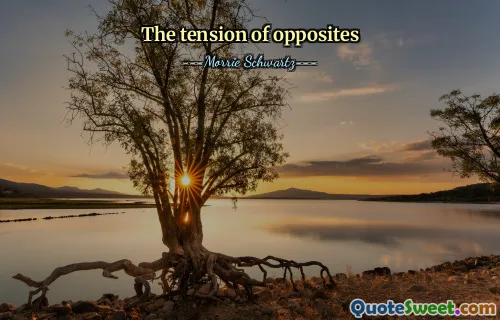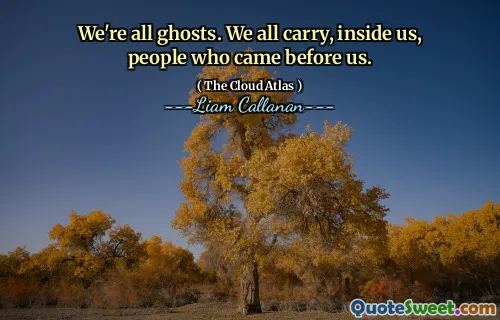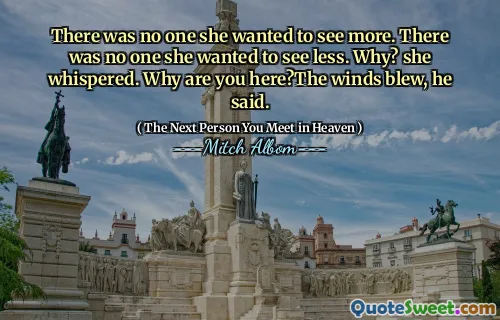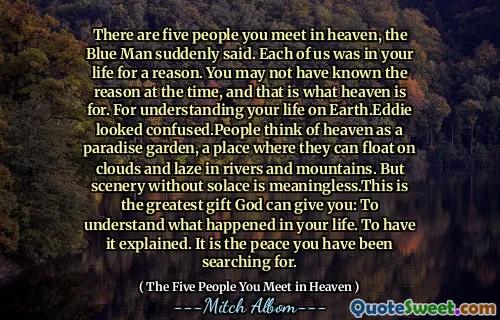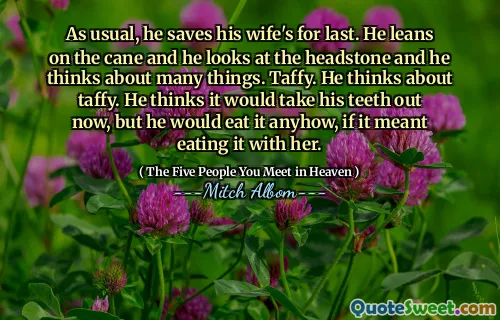
There's a big difference, I discovered, between wanting to die and not wanting to live. When you want to die, you at least have a goal. When you don't want to live, you're really just empty.
This quote explores a deeply profound and often overlooked distinction between two emotional states that might outwardly seem similar but carry vastly different implications. The first state, "wanting to die," implies a presence of intent or goal—even if it's a painful or difficult goal. This state, as paradoxical as it may seem, still represents a form of engagement with life, a moment where the individual is confronting their existence, hopes, or despair with something tangible in mind.
Conversely, "not wanting to live" suggests a void, a sense of emptiness so complete that the urgency or push toward an end is absent. It's a state where meaning and motivation have withered away, leaving behind numbness rather than clarity of purpose or desire. This emptiness can often be more terrifying because it lacks direction and is characterized by inertia—a quiet surrender to apathy rather than an active struggle.
In many ways, this quote brings to light the nuanced landscape of human psychology surrounding despair and existential suffering. It reminds us that sometimes the presence of a dark desire can paradoxically be more 'alive' than a pervasive sense of emptiness. Understanding this difference can be crucial for those offering support and care—recognizing that addressing emptiness requires different approaches than addressing active suicidal intent.
Ultimately, it gently calls our attention to the complex inner battles individuals may fight, promoting compassion and deeper understanding of mental health struggles without reducing them to simple binaries.



